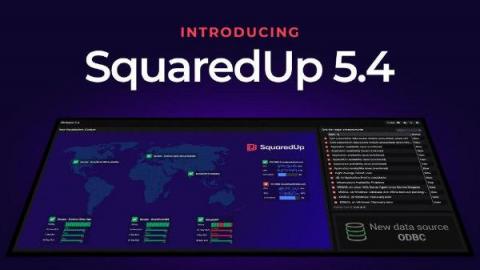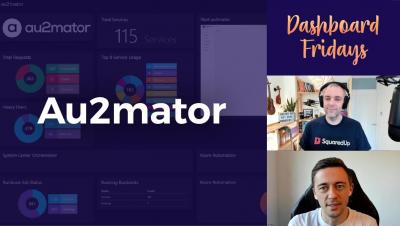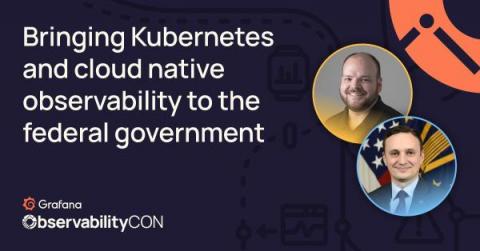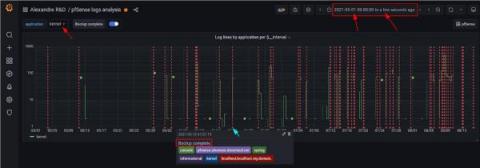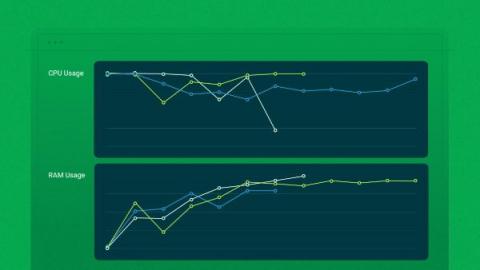New release: SquaredUp 5.4 - Bring your answers to the surface
SquaredUp 5.4 is here and it’s got some brilliant new features and upgrades to help you troubleshoot and find answers faster than ever. You’ll find the upgrades across all three SquaredUp editions – for SCOM, Azure, and the free Community Edition. Here are the highlights in the new release: Check out our release webinar for a detailed walkthrough and demo.

